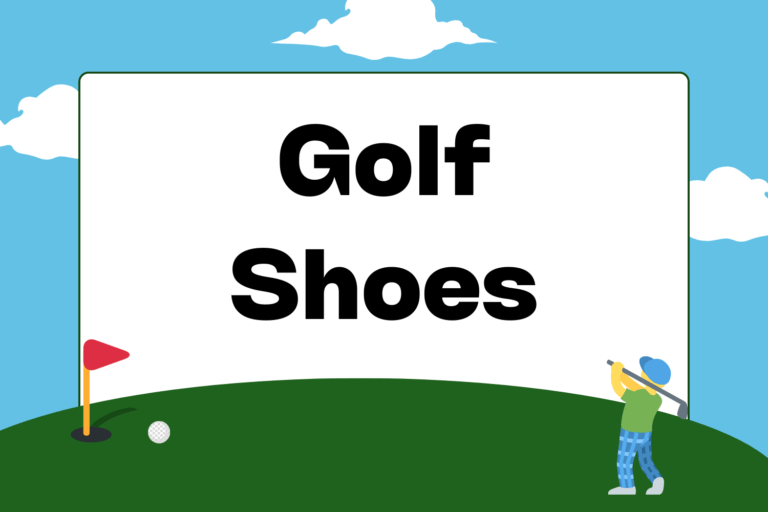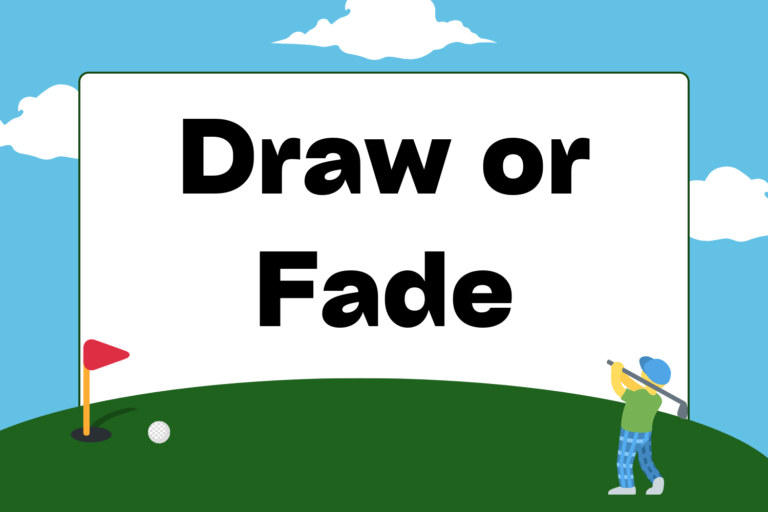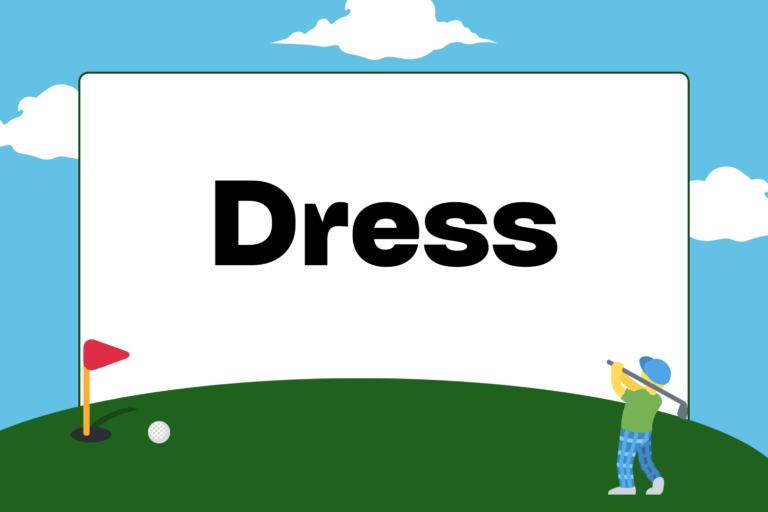So you went out to a driving range with a friend who plays golf. You had a lot of fun taking a few whacks at the ball with his driver, and now you want your own clubs to swing. Or maybe you’ve never gripped a club before, but you have a sudden urge to take up the sport after seeing the Masters on TV. Perhaps you are a parent whose child shows interest in joining a junior golf program.
Regardless of the situation, all newcomers to the game of golf need to make that initial big investment: buying the first set of clubs.
For many beginners, the prospect of purchasing their first set of golf clubs can be overwhelming. There are a wide variety of options, and even veterans of the game put a lot of time and consideration into buying new equipment.
Here are a few tips on how to make the decision-making process a bit more bearable.
What Does a “Set” of Clubs Consist of?
A set of clubs is a collection of four different types of golf clubs: woods, irons, wedges, and a putter. Each golfer is allowed to carry a maximum of 14 golf clubs in his or her golf bag. As you learn more about the intricacies of your individual golf game, you can start experimenting with the specific clubs you want to carry—but for now, as a beginner, these 12 clubs are a good place to start:
- A putter
- A sand wedge
- A pitching wedge
- A matching set of irons: Three through Nine (7 clubs)
- A three-wood
- A driver (sometimes, especially in older drivers, labeled a one-wood)
Keep in mind:
- Some sets of irons will also include a pitching wedge and/or a sand wedge.
- Unless you buy used clubs or a new beginner’s bundle (available at some retail stores), you’ll need to buy the putter and woods separately from your set of irons.
- All irons should belong to the same set for consistency and uniformity.
Estimate Your Level of Commitment
There are many types of golfers, and all of them have different needs when it comes to equipment.
If you plan on playing golf on a regular basis and taking the game seriously, it makes sense to spend more money on a higher end, long-term set of clubs. If you anticipate golfing only once or twice a year, then you should probably look for a more functional, less expensive set. If you’re not sure—you just like the sport and want to play as much as possible—try learning with cheaper equipment and then upgrade as your skill surpasses the quality of your clubs.
Talk to Other Golfers
Ask a friend or family member who plays golf for advice.
If you don’t know any golfers personally, head to the professionals at your local driving range, course, or golfing equipment store for a fun and helpful conversation. If you do head to the pro-shop or equipment store, don’t buy anything right away, and take some time to let the information settle. You’ve still got a lot of to consider.
Some good questions to ask:
- What club lengths fit me?
- Which shaft flexibility suits my swing speed?
- Which brands have good reputations as solid club makers?
- Which types of grip feel best to my hands?
- What clubs have worked for you in the past and why?
Know the Type of Clubs You Need
Figure out what kind of clubs are right for you, in a general sense.
If you’re a senior, for instance, your clubs should probably have more flexible shafts; women can use ladies-specific golf clubs, which are usually a bit shorter and more flexible than men’s clubs. You can determine the appropriate length for your clubs by setting up to the ball—if the club is the right size, you shouldn’t have to hunch over or stretch out too much while in position.
Learning on clubs that weren’t made for your size and swing speed might instill some early bad habits in your golf swing.
Hot Tip: Start with Cavity-Backs
When searching for the right set of irons, you’ll come across two types: cavity-backs and blades. All beginning golfers should choose cavity backs, which have larger club faces and soles and are more forgiving.
New or Used?
Don’t be fooled into thinking that new clubs are always a better purchase than a used set—both have pros and cons. Used clubs are more affordable, but can have skill-impeding defects. New clubs are untarnished, but many are too expensive or advanced to be useful for the beginning golfer.
Here are a couple of things to consider when debating buying used versus new clubs:
- Your cash flow. Don’t go beyond your means. A solid set of used clubs can do wonders for your game, and even if you can afford professional-level clubs, they won’t necessarily do you any good until you’ve reached a certain (far-off) level of expertise.
- The condition of the used clubs. All used golf clubs will have normal wear and tear. There’s no need to worry over minor scratches and nicks on the club heads or worn grips. Minor dings won’t affect the ball flight, and grips can be quickly and affordably replaced at your local pro shop.However, there are common problems with used clubs that are red flags. If any of the used clubs make a rattling noise when you shake it, have maligned or loose club heads, broken shafts or extreme dents in the club head, you should avoid the entire set.
Try ‘em Out
Regardless of whether you’re purchasing new or used clubs, you should always buy them in person. It’s important to be able to hold a golf club to make sure it feels and looks right for you.
If you’re buying new, you can usually take a demo out to the range or course for a practice session. If you’re a beginner, look for clubs that feel right and give you the confidence to start learning the game, not the magic set that perfects each shot.
If you’re buying used, you probably won’t be able to take the set without buying it, but make sure to check each club closely for any damage or serious flaws.
Keep Practicing
Chances are your first set of clubs won’t be your last. Remember that this first set is just for learning the basics of the game and for developing good swing habits—not as a tool to instantly play like Tiger. Your first set of clubs should last you for a good chunk of time (depending on the frequency of your golf outings), and during that year or two, your skills will improve tremendously.
Once you’re at a level where you’re ready for an upgrade, you’ll know enough about your specific game and individual needs to make the next search for clubs a bit less difficult.





